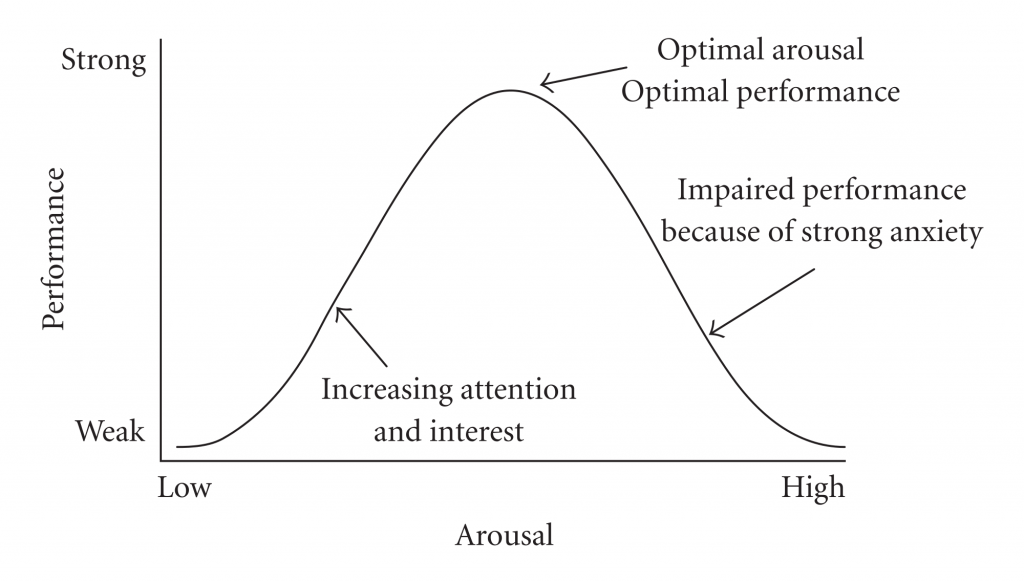Nobody likes stress.
Not only is it bad for our health, but stress opens the door to uncertainty, and uncertainty often inspires defeat.
So when it’s time to start a new project, or trial a new system, we prepare, and we deliberate, and we establish a strategy designed to avoid uncertainty on the path to execution. Fantastic.
But then something goes wrong – we all know it inevitably does – and in our attempt to ensure our strategy is implemented to the letter, we have made it all the harder to get back on track. And that’s when the stress, and the fear, and the threat of failure kick in.
This is the impact of what the experts call ‘strategic dissonance’ – the difference between intended strategy and the reality of implementing the strategy.
Strategic dissonance is something we all face. As Robert Burns said, “the best laid plans of mice and men often go astray”.
There is no way of avoiding it; no way of divining the future with all its intricate aspects.
The only option is to prepare for it.
How?
Somewhat ironically, the answer can be found in embracing stress.
In a recent article published by Harvard Business Review, researchers Carsten Lund Pedersen and Thomas Ritter highlighted the value of what they dubbed “strategic stress”.
Their findings are founded on the Yerkes-Dodson law which, in the early 20th century, revealed the link between a subject’s mental and physical stress and their performance. The law revealed that heightened stress resulted in greater performance, but only to a point.
When subjects moved beyond the peak, the result was exactly as expected – burn out.
Pedersen and Ritter noted three primary reasons why employees in particular tend to hit this point:
1) Too Much Autonomy
If employees are left to work independently, only to face an issue they aren’t prepared for, their stress levels are quick to exceed those optimal limits.
2) Unrealistic Strategy Plans
Leaders who put forward strategies without due discussion doom those strategies to failure. No wonder then that the employees responsible for executing them are quick to let the weight of their responsibility overcome them.
3) Market Dynamics
On the surface, a plan might seem perfect. But there’s no accounting for shifts in the market that make such plans obsolete in an instant.
But rather than pausing to assess, the plan is forced in a different direction. Instantly, the strategic dissonance gap widens, projects become fragmented and confused, and a desperate need for clarity and direction surfaces.
One example of how this can impact even the most successful companies is what brought Lego to a crisis point in 2004 after years of unfocused leadership. The company had never turned a loss, and so never thought it would…until it did. And in that moment, it nearly lost it all.
Leaders in smaller companies are likely to be more aware of the issue of burnout, and so they attempt to monitor and purge stress as much as possible. However, as the graph above shows, that’s just as bad for a business.
By not putting employees in a position to challenge themselves, or implement their skills to take a project to new heights, leaders are discouraging innovation and engagement. Employees become bored, unmotivated, and unable to adapt when change is necessary.
Finding the optimal point in your organisation will take time and patience. Pedersen and Ritter suggest diversity in management styles will help ensure all the bases are covered, but businesses working on a smaller scale have a far greater opportunity to find the balance when they turn to their staff as a whole.
Let the diversity within your organisation help shape your strategy so that when the unexpected does occur, employees can fight through rather against stress with a clear purpose in mind.
Effective strategy relies not just on deliberate execution, but the ability to adapt and remain on track when things don’t go as planned. As Pedersen and Ritter say, “Just like a diamond is the valuable outcome of constant pressure from multiple sides, strategic success results from balanced pressure on your strategy”.


The content was rather grabbing and interesting
enough to get all possible nuances to recall. I do get pleasure from
reading the material and the writing manner of the writer, etc..